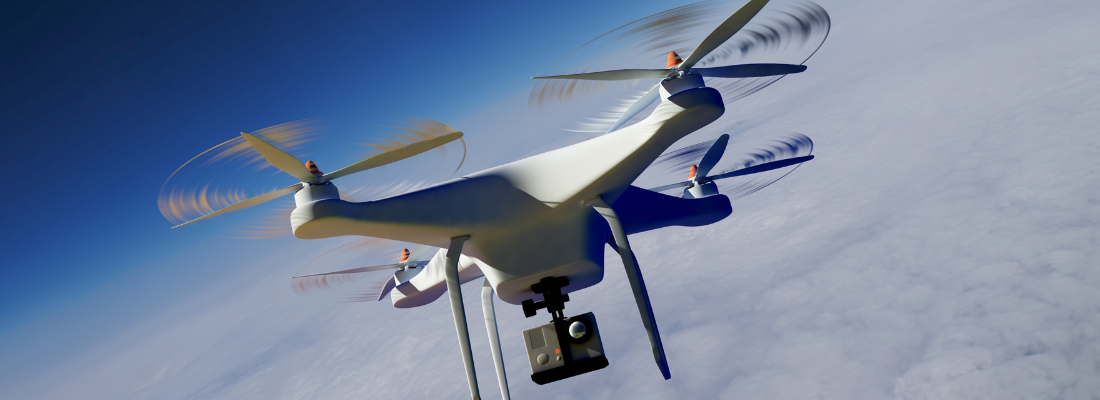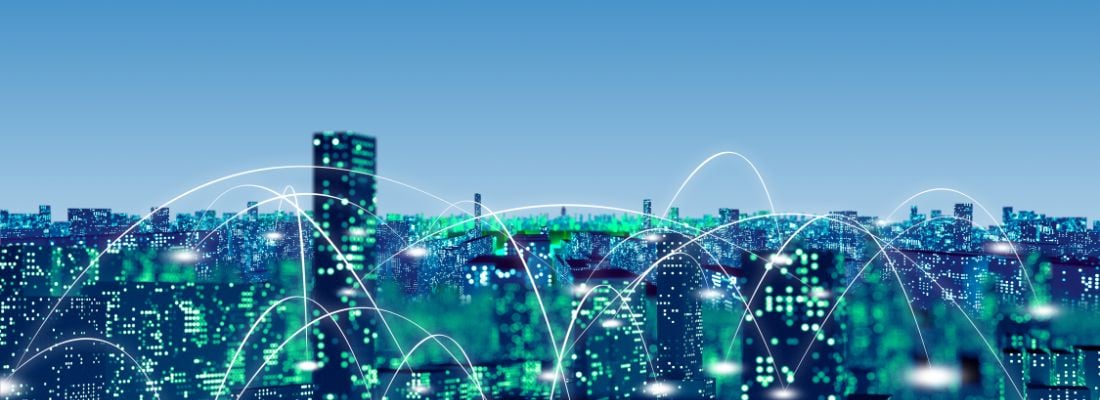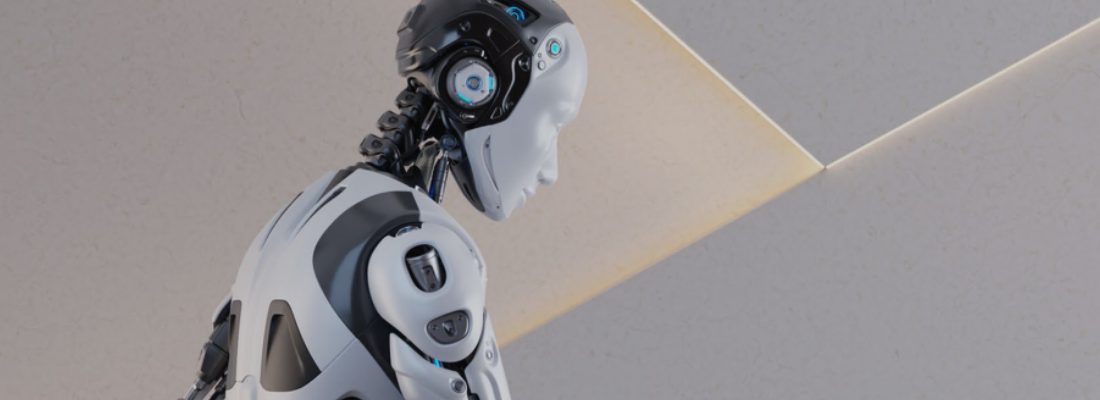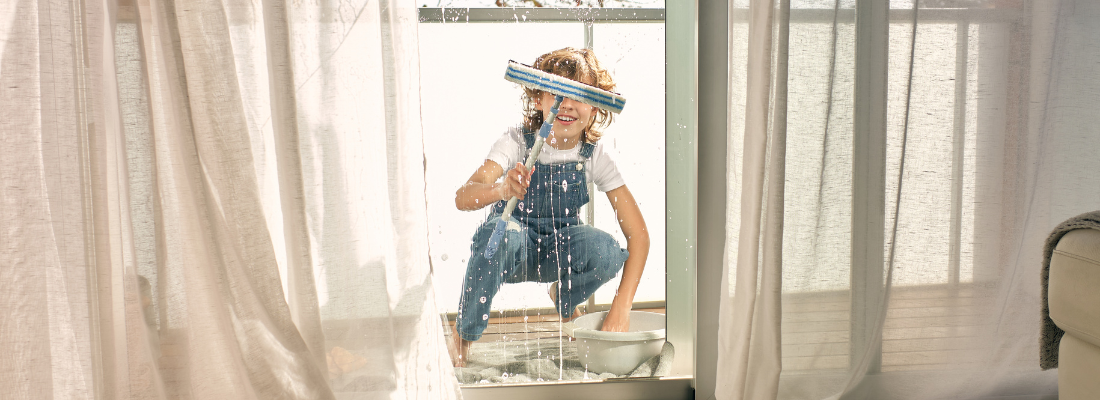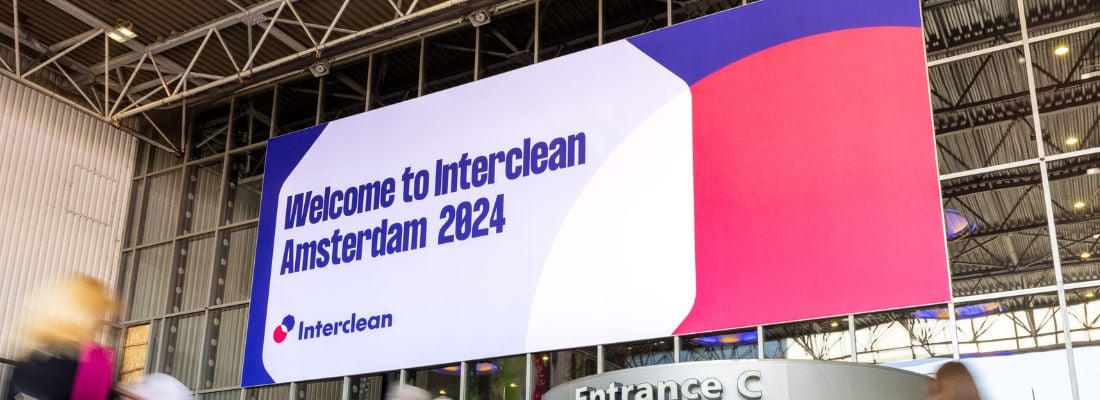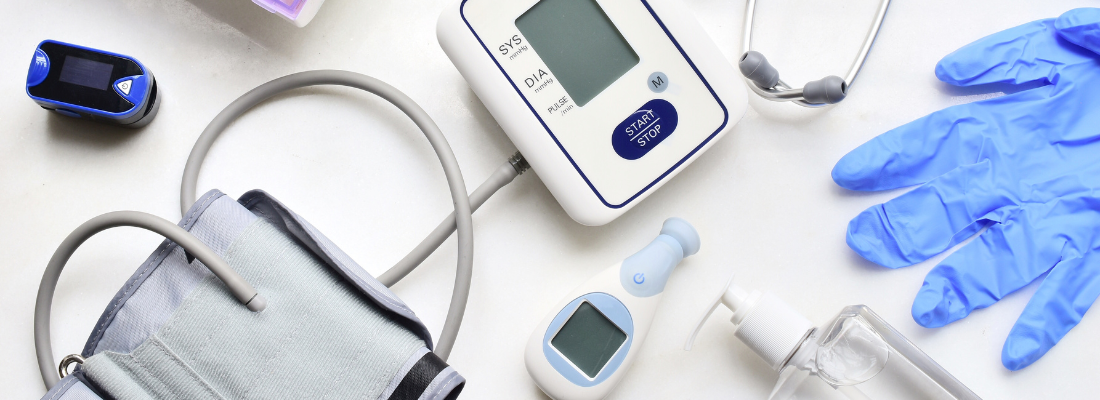Loading component...
Why drone window cleaning is growing rapidly worldwide - An interview with KTV Working Drone
For decades, professional window cleaning has been a labour-intensive job, often carried out in risky environments. But as labour shortages grow, safety regulations tighten, and pressure mounts to reduce environmental impact, the industry is being forced to evolve.
Drone-based systems are emerging as a clear alternative, offering a faster, safer, and more sustainable way to get the job done. Once seen as experimental, this technology is now gaining ground across Europe, Asia, and beyond, driven by performance data, supportive regulation, and rising demand for low-disruption solutions in urban environments.
Among the early adopters is Norway-based KTV Working Drone, a company that specialises in autonomous façade and window cleaning. Now active in over 60 countries, CEO Kennet Nilsen sees the momentum as a direct response to rising expectations around compliance, sustainability, and long-term building maintenance. While drone cleaning may cost more upfront, it pays off over time. It helps prevent damage, reduce repair costs, and preserve building value. These are benefits Nilsen says more owners are now taking seriously.
What role do labour challenges play in the shift towards automated cleaning?
Labour shortages have become a defining challenge across the cleaning sector. Window cleaning is just one example, but the pattern extends throughout the industry. “Part of the problem is perception,” says Nilsen. Cleaning work is still seen as low skill, with limited career progression, even though it now demands technical training, regulatory awareness, and safety expertise.
The impact is most prevalent in window cleaning, where the work is physically demanding and comes with significant safety risks. Fatalities still occur and make the job increasingly unattractive to a shrinking pool of trained technicians. With recruitment lagging and demand rising, employers are turning to automation as a necessary response. “That’s why we believe drones are ultimately about safety,” Nilsen adds. But with every leap in automation, a familiar question follows: does the machine eventually replace the worker? Nilsen views it differently. For him, human oversight always remains essential. Drones may handle the high-risk work, but the goal isn’t to replace people. It’s to equip them with safer roles and smarter tools.
How collaborative policymaking is helping drone technology lift off
The rise of drone cleaning is driven by two forces: the need for scalable solutions to real-world challenges and growing regulatory pressure to improve safety and compliance. For Nilsen, it’s not a choice between innovation or regulation; both are essential. In his experience, regulation works best when it evolves with industry rather than holding it back.
In Norway, early drone testing wasn’t blocked by existing rules. Regulators worked directly with developers to build new frameworks. That collaborative approach has since informed EU drone legislation and set a precedent for other sectors facing similar transitions. “You can’t innovate in a vacuum,” Nilsen says. “We need rules, but they have to be the right ones.” By embedding compliance from the start, developers avoid friction and gain faster access to tenders and contracts. It also builds trust with building owners, who are more willing to trial new tech when it’s been validated through regulatory channels.
Why some countries are advancing faster in drone-based cleaning
Drone-based cleaning is gaining ground globally, but not everywhere at the same pace. In countries like Norway and Singapore, adoption has been swift thanks to centralised building ownership and public-sector support. In Singapore, where the government owns most high-rise housing, drones have been deployed across thousands of blocks. Norway has gone further, integrating drone cleaning into national tender frameworks. In Japan, new safety rules are phasing out rope access cleaning, creating urgency to adopt safer alternatives.
In countries where adoption has lagged, regulation is often the biggest roadblock. Outdated or unclear drone laws create uncertainty, making it risky for companies to invest or scale. Privacy concerns add another layer of complexity, particularly in regions with strict surveillance controls. In the Middle East, even navigation feeds from onboard cameras can trigger compliance issues.
Balancing data, privacy, and trust in drone operations
Drones are turning cleaning into a measurable, traceable service. Every flight logs what was cleaned, when, and by whom, bringing new levels of accuracy and operational control. But with that visibility comes scrutiny, especially around how data is stored and used.
Trust depends on systems designed around client needs. For example, in regions like the Middle East, where surveillance laws are strict, drones have been reconfigured to disable cameras entirely. Only flight paths and cleaning logs are recorded. Even the pilot’s feed can be disabled where required.
This stripped-down approach has enabled drone cleaning in royal compounds, tunnels, and infrastructure sites where manual access is unsafe or unfeasible. Nilsen advocates for a proactive approach, which means addressing safety and data compliance early to build the trust needed to move forward.
Beyond windows: The expanding role of drones in building maintenance
These are exciting times for drone technology. Systems are getting smarter, and applications are expanding. Beyond windows, drones are now inspecting facades, detecting structural issues, and feeding data into preventative maintenance systems. The potential to integrate them into broader asset strategies is growing quickly.
For Nilsen, one of the biggest surprises has been the speed of adoption. Early doubts about public reaction or regulatory acceptance gave way to rising demand, particularly in sectors like oil and gas, transport, and infrastructure, where the risks and costs of manual access are high.
What comes next is less about proving the concept and more about scaling it. As more building owners fold drones into long-term planning, what began as a safety tool is becoming a strategic tool that redefines how buildings are maintained and managed.
